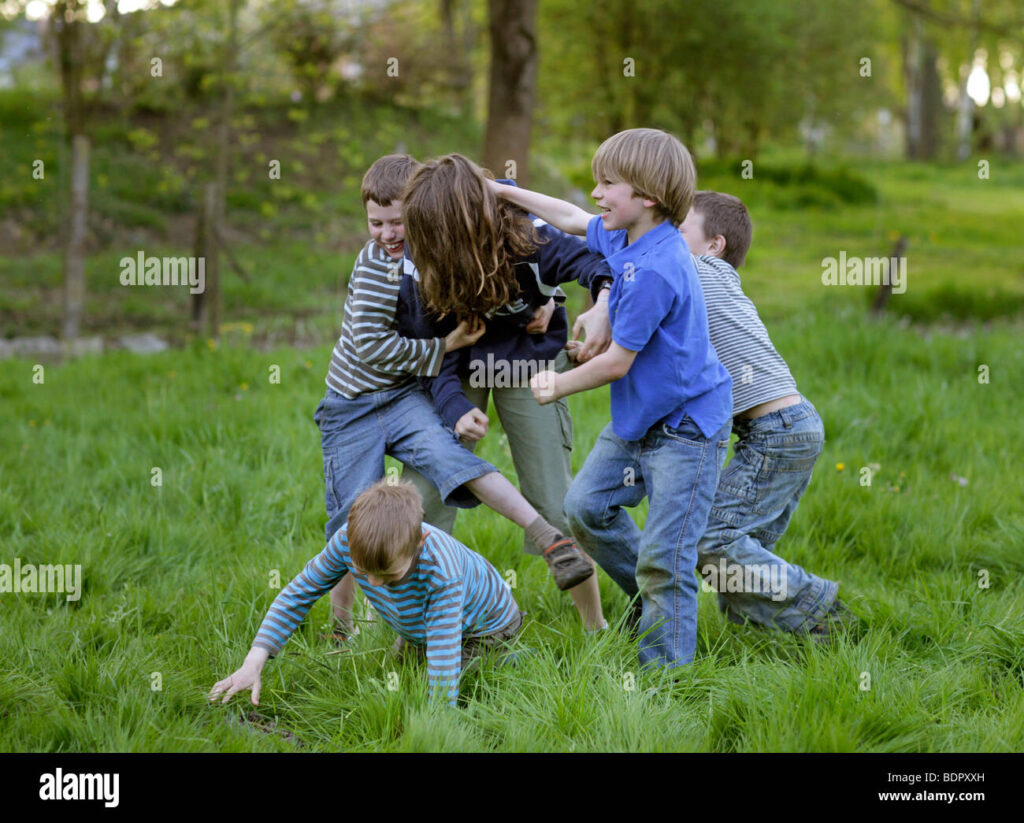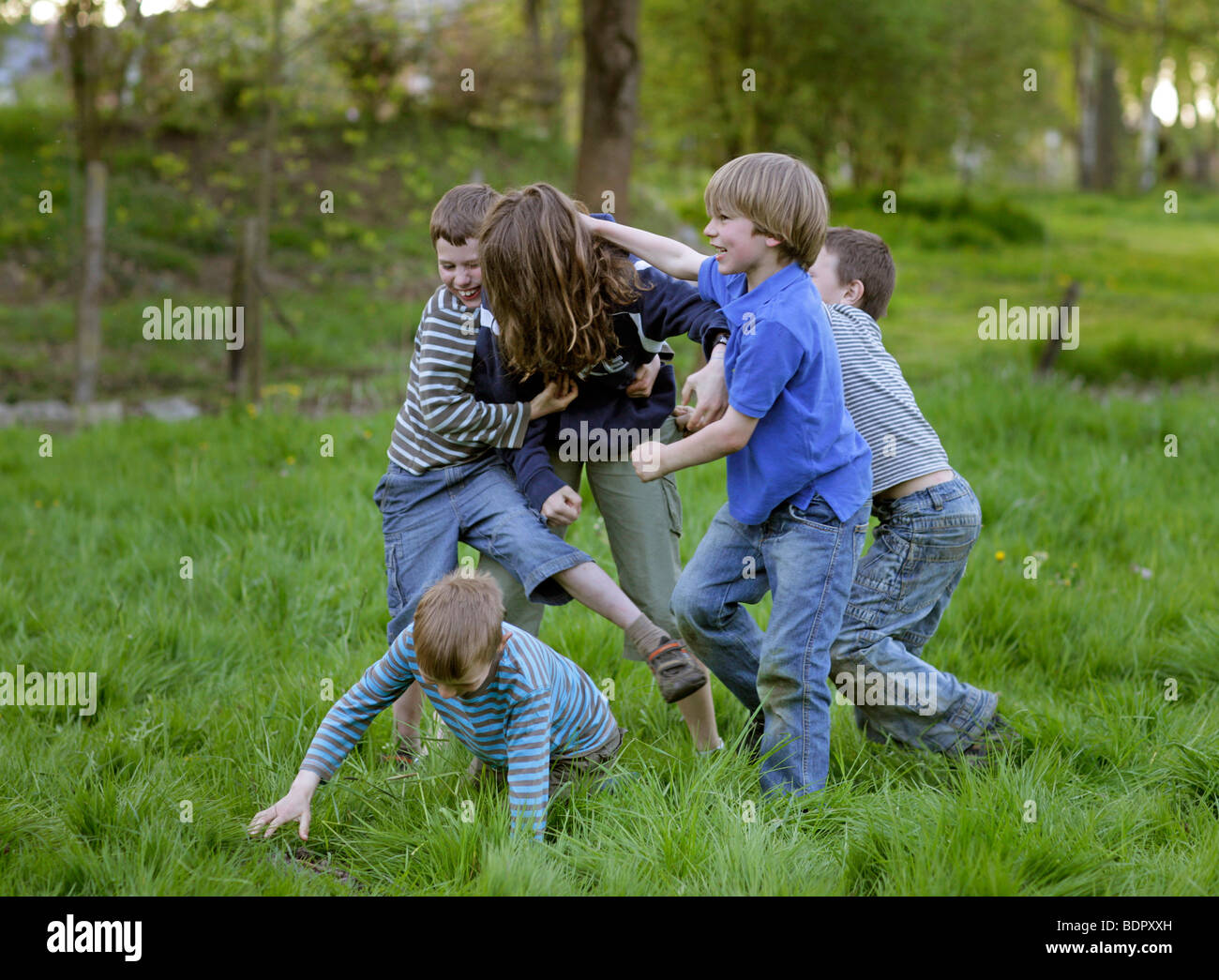
The Unseen Side of Filmmaking: When Messing Around on Set Becomes a Serious Issue
The magic of filmmaking often conjures images of glamorous actors, dedicated crews, and meticulously crafted scenes. However, behind the camera, the reality can sometimes involve less-than-professional behavior. While a certain level of camaraderie and lightheartedness is essential for team morale, excessive or inappropriate messing around on set can lead to significant disruptions, safety hazards, and even legal repercussions. This article delves into the nuances of this issue, exploring the fine line between harmless fun and detrimental conduct, and examining the potential consequences for both individuals and the production as a whole.
The Spectrum of On-Set Behavior: From Banter to Blunders
What exactly constitutes messing around on set? The answer isn’t always clear-cut. It can range from harmless banter and practical jokes to more serious offenses like unauthorized stunts, reckless handling of equipment, or even harassment. The key lies in understanding the impact of these actions on the overall work environment and the safety of everyone involved. A little levity can be beneficial, relieving tension and fostering a sense of community. However, when it starts to impede progress, compromise safety, or create a hostile atmosphere, it crosses the line.
Harmless Fun vs. Disruptive Behavior
Distinguishing between harmless fun and disruptive behavior requires careful consideration. A quick joke during a break might be a welcome distraction, while constantly interrupting takes with inappropriate comments can be incredibly frustrating for the cast and crew. Similarly, a playful prank that doesn’t involve dangerous props or potential injury could be seen as lighthearted, but tampering with equipment or engaging in reckless horseplay is completely unacceptable. The intent behind the action is also important, but ultimately, the impact is what matters most. If someone feels uncomfortable, unsafe, or unable to perform their job effectively because of the behavior of others, then it’s likely gone too far.
The Potential Consequences of Excessive Messing Around
The consequences of messing around on set can be far-reaching and affect various aspects of the production. These can range from minor delays and increased costs to serious injuries and legal liabilities. Understanding these potential repercussions is crucial for maintaining a professional and safe working environment.
Impact on Production Schedule and Budget
Even seemingly minor instances of messing around on set can have a cumulative effect on the production schedule and budget. Interruptions, delays, and retakes all cost time and money. When crew members are distracted or unable to focus on their tasks, mistakes are more likely to occur, leading to further setbacks. In extreme cases, persistent disruptions can even lead to the abandonment of scenes or the need for costly reshoots. [See also: Film Budgeting Best Practices]
Safety Hazards and Injuries
Perhaps the most serious consequence of messing around on set is the increased risk of accidents and injuries. When individuals are not paying attention, engaging in horseplay, or mishandling equipment, the likelihood of someone getting hurt significantly increases. This is especially concerning in an environment where heavy equipment, pyrotechnics, and potentially hazardous materials are often present. Ignoring safety protocols and engaging in reckless behavior can have devastating consequences, not only for the individuals involved but also for the entire production.
Legal and Reputational Damage
In addition to the immediate consequences for the production, messing around on set can also lead to legal and reputational damage. If someone is injured due to negligence or reckless behavior, the production company could face lawsuits and significant financial penalties. Furthermore, instances of harassment, discrimination, or other forms of misconduct can severely damage the reputation of the individuals involved and the production as a whole. In today’s social media-driven world, news of such incidents can spread quickly, leading to boycotts, lost opportunities, and long-term reputational harm. [See also: On Set Safety Regulations]
Case Studies: When Playfulness Turns Problematic
Numerous real-world examples illustrate the potential dangers of unchecked messing around on set. While specific details are often kept confidential due to legal agreements, reports of accidents, injuries, and even fatalities linked to unprofessional behavior are not uncommon in the film industry. These incidents serve as stark reminders of the importance of maintaining a professional and safe working environment. Some incidents involve pranks gone wrong, others are the result of ignoring safety protocols, and some stem from personal conflicts escalating into physical altercations. Regardless of the specific circumstances, the underlying cause is often a lack of respect for safety, professionalism, and the well-being of others.
The Importance of Clear Guidelines and Enforcement
To prevent messing around on set from becoming a serious issue, it’s essential to establish clear guidelines and enforce them consistently. This includes outlining acceptable and unacceptable behavior, providing comprehensive safety training, and establishing clear procedures for reporting and addressing misconduct. Everyone on set, from the director to the production assistants, should be aware of these guidelines and held accountable for their actions. A zero-tolerance policy towards harassment, discrimination, and reckless behavior is crucial for creating a safe and respectful working environment. [See also: Creating a Positive Work Environment in Film]
Strategies for Maintaining a Professional On-Set Environment
Creating and maintaining a professional on-set environment requires a proactive approach that involves clear communication, strong leadership, and a commitment to safety and respect. Several strategies can be implemented to minimize the risk of messing around on set and promote a positive and productive atmosphere.
Effective Communication and Clear Expectations
Open and honest communication is essential for setting clear expectations and addressing potential issues before they escalate. Regularly communicating the importance of safety, professionalism, and respect can help to create a culture where everyone feels comfortable speaking up if they witness inappropriate behavior. Clear communication also involves providing detailed instructions, outlining responsibilities, and ensuring that everyone understands their role in the production. When expectations are clearly defined, it’s easier to hold individuals accountable for their actions.
Strong Leadership and Accountability
Strong leadership is crucial for setting the tone on set and ensuring that everyone adheres to the established guidelines. The director, producers, and other key personnel should lead by example, demonstrating professionalism and respect in their own behavior. They should also be proactive in addressing any instances of messing around on set, taking swift and decisive action to prevent further disruptions or safety hazards. Holding individuals accountable for their actions, regardless of their position, sends a clear message that unprofessional behavior will not be tolerated.
Comprehensive Safety Training and Protocols
Providing comprehensive safety training and establishing clear safety protocols is paramount for preventing accidents and injuries. This includes training on the proper handling of equipment, emergency procedures, and hazard identification. Regular safety meetings and drills can help to reinforce these protocols and ensure that everyone is aware of the potential risks involved in their work. It’s also important to encourage employees to report any safety concerns without fear of reprisal. A culture of safety consciousness can significantly reduce the likelihood of accidents and injuries caused by messing around on set.
Promoting a Positive and Respectful Culture
Creating a positive and respectful culture is essential for fostering a sense of community and encouraging collaboration. This involves treating everyone with dignity and respect, regardless of their position or background. Promoting open communication, encouraging feedback, and recognizing individual contributions can help to create a more inclusive and supportive work environment. When people feel valued and respected, they are less likely to engage in disruptive or disrespectful behavior. By fostering a positive and respectful culture, productions can minimize the risk of messing around on set and create a more enjoyable and productive experience for everyone involved.
Conclusion: Balancing Fun and Professionalism on Set
While a certain level of levity and camaraderie is important for team morale, it’s crucial to strike a balance between fun and professionalism on set. Excessive or inappropriate messing around on set can have serious consequences, ranging from minor delays and increased costs to serious injuries and legal liabilities. By establishing clear guidelines, enforcing them consistently, and promoting a positive and respectful culture, productions can minimize the risk of unprofessional behavior and create a safe, productive, and enjoyable working environment for everyone involved. Ultimately, the key to success lies in recognizing that filmmaking is a collaborative effort that requires dedication, professionalism, and a commitment to the well-being of all team members. The phrase “messing around on set” should be a reminder of the potential pitfalls of unprofessionalism and a call to action to prioritize safety, respect, and collaboration in every aspect of the filmmaking process. Prioritizing a safe and respectful environment ensures the creative process remains focused and productive. Remember, a professional atmosphere is crucial for delivering high-quality results and protecting the well-being of everyone involved.

